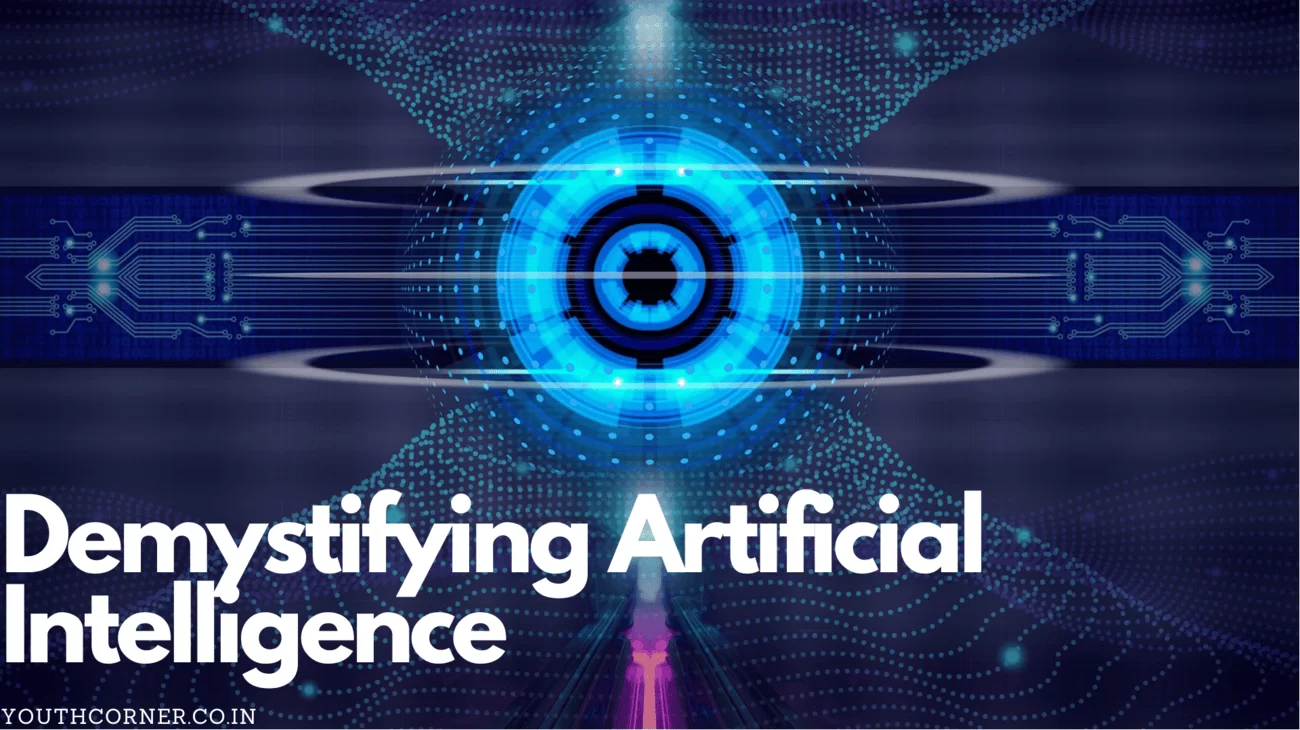Are you ready to unlock the secrets behind one of the most talked-about technologies of our time? Artificial Intelligence, or AI, has become a buzzword in almost every industry. But what exactly is AI and how does it work? In this blog post, we will demystify the world of artificial intelligence and break down its basics into easily understandable concepts. Whether you’re a tech enthusiast looking to deepen your knowledge or just curious about how machines can mimic human intelligence, join us on this enlightening journey as we unravel the mysteries of AI!
What is Artificial Intelligence?
Artificial intelligence is a field of computer science that deals with the creation of intelligent agents, which are programs that can reason, learn, and act autonomously. AI research has been ongoing since the 1950s, but its development really took off in the 1980s with the development of Neural Networks and Genetic Algorithms.
Today, there are a number of different types of AI tools and technologies available to researchers. Some of the most popular include: natural language processing (NLP), machine learning, logic programming, knowledge representation, and Robotics adaption.
One of the key benefits of using AI technology is that it can be used to automate tasks and processes that would otherwise be difficult or impossible for humans to carry out. This can improve efficiency and accuracy in various areas of work life, from customer service to data entry.
There are also potential applications for AI that go beyond traditional computing. For example, some researchers are investigating how AI can be used to help people with disabilities live more independently. And because AI is capable of learning on its own, it could one day be used as a tool for developing new forms of intelligence.
Types of Artificial Intelligence
There are many different types of artificial intelligence, each with its own set of benefits and drawbacks. This article provides an overview of the most common varieties and what they can do.
Artificial general intelligence (AGI) is a type of AI that aims to be able to learn as much as possible, in any situation or environment. This could include learning how to solve problems on its own, or adapting to new situations as they arise. AGI remains largely theoretical, but some researchers believe it could be achievable within the next few decades.
Machine learning algorithms are a key component of AI. They allow computers to “learn” from data – by analysing and interpreting it multiple times until it can create patterns that help it predict future outcomes. Machine learning has been used in a wide range of applications, from spam detection to autonomous driving.
Robots are another key component of AI – they are machines that can be programmed to carry out specific tasks, such as manufacturing or cleaning. Robotics technology is advancing rapidly, with robots becoming more dexterous and able to navigate complex environments.
How is Artificial Intelligence Used?
Generally speaking, artificial intelligence is a process that allows computers to simulate intelligent behavior in order to make them more efficient or effective. AI can be used in a variety of ways- from powering chat bots that can easily interact with humans, to developing algorithms that can improve the accuracy of financial predictions.
One of AI’s most visible applications today is its use in digital assistants like Siri or Google Now. These programs are designed to help users with basic tasks like scheduling appointments or setting reminders, and they’re able to do this thanks to the fact that they understand natural language.
One of the key aspects of artificial intelligence that makes it so powerful is its ability to learn from data. This means that AI systems can eventually become very expert at particular tasks or categories of information- making them ideal for tasks such as personalized recommendations or targeted advertising.
Artificial intelligence is still in its early stages and there are many potential applications for it still to be developed. As technology continues to evolve, so too does the way AI is being used, and there’s no telling where it will go next!
Benefits of Artificial Intelligence
What are the benefits of Artificial Intelligence?
Artificial intelligence has a number of potential benefits, including helping organizations save time and money, improving decision-making, and automating repetitive tasks. Here are six of the most common benefits of AI:
1. Time savings. AI can automate routine tasks that would otherwise be done by human workers, freeing them up to do more important work. This can save businesses time and money on payroll costs, processing times, and other costs associated with human labor.
2. Improved decision-making. AI can help organizations make better decisions by identifying patterns in data and identifying opportunities or risks more quickly than humans can. This can help businesses avoid mistakes or take advantage of potential opportunities before they become reality.
3. Improved customer service. AI-powered chatbots and digital agents can provide customers with more personalised service than human employees can offer. This can cut down on wait times and improve the overall customer experience.
4. Automated task management. AI can manage regular tasks automatically so that employees have more time to focus on higher-value tasks. This can free up resources so that businesses can allocate them to new initiatives or projects instead of dealing with mundane day-to-day tasks
Disadvantages of Artificial Intelligence
There are a few potential disadvantages of artificial intelligence, though these risks are still highly speculative and unproven. For example, artificial intelligence could become biased or unstable, leading to disastrous consequences. AI could also outpace human understanding and decision-making abilities, potentially leading to unforeseen disasters. Additionally, there is the risk that artificial intelligence will become so sophisticated and complex that it will be difficult or impossible for humans to understand or control it.
